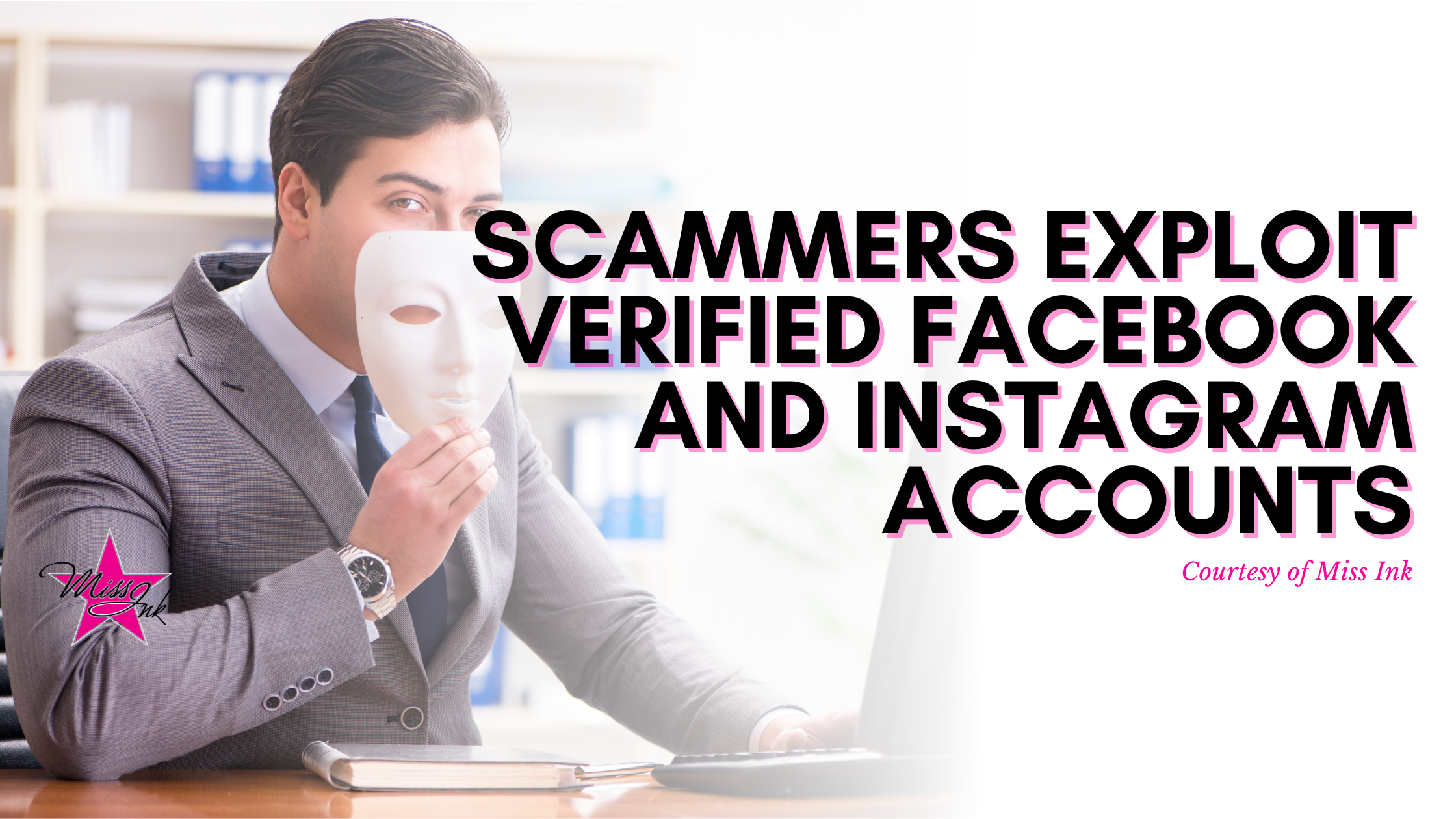- Beware of Suspicious URLs: When scammers redirect you to external links, exercise caution if the URLs are anything other than ‘facebook.com,’ ‘fb.com,’ ‘meta.com,’ or similar trusted domains. Remember, legitimate Meta accounts will never direct you to unaffiliated platforms.
- Questioning Access to Verified Pages: You may wonder how these scammers gain access to verified accounts and get approved for ads. While the exact methods remain unclear, one theory suggests that they don’t simply pay for verification through the new Meta Verified program. Instead, these scammers are believed to target established, verified accounts and change their names to facilitate their fraudulent activities.
- Learning from Twitter’s Experience: The issue of scammers exploiting verified accounts is not unique to Meta. Twitter encountered a similar problem when their verification checkmark was misused after the introduction of Twitter Blue, allowing anyone to purchase a blue tick. To combat this, Twitter implemented more stringent anti-impersonation measures, such as removing verification symbols when users change their profile names or photos.



